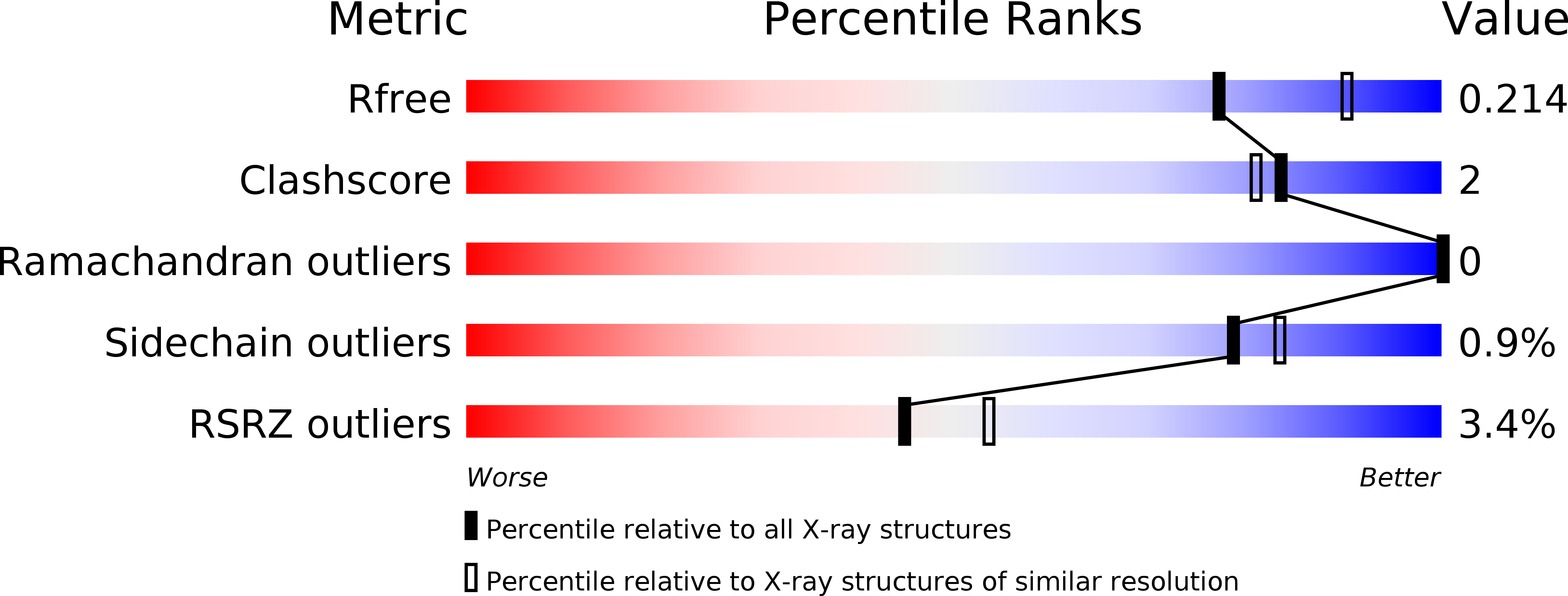
Deposition Date
2012-07-23
Release Date
2012-09-26
Last Version Date
2024-10-23
Entry Detail
PDB ID:
4B3E
Keywords:
Title:
Structure of copper-zinc superoxide dismutase complexed with bicarbonate.
Biological Source:
Source Organism:
HOMO SAPIENS (Taxon ID: 9606)
Host Organism:
Method Details:
Experimental Method:
Resolution:
2.15 Å
R-Value Free:
0.21
R-Value Work:
0.17
R-Value Observed:
0.17
Space Group:
C 2 2 21


